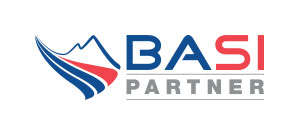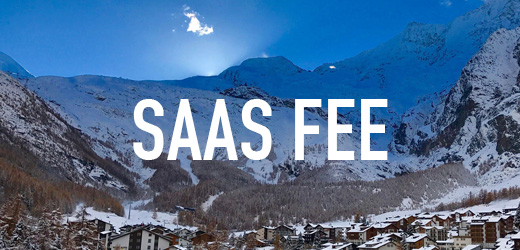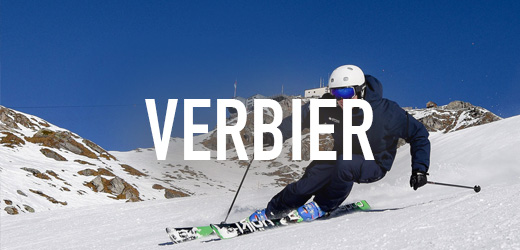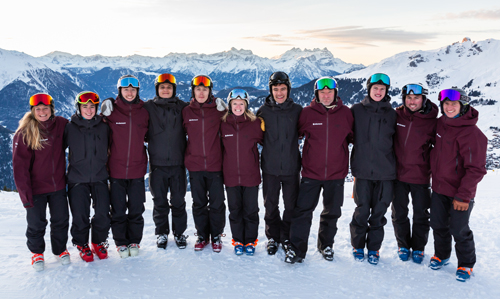EQUIPMENT ADVICE: BOOTS 2019 – 2020
“WHICH BOOTS SHOULD I USE FOR MY INSTRUCTOR TRAINING COURSE AND BASI EXAMS?”
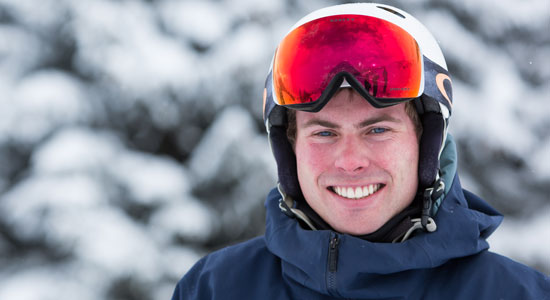
Peak Leaders Coach Will takes us though what type of boots you need for your training and BASI exams.
So in this blog we aim to try to set out some simple considerations so you have a better idea of how ski instructor training influences your choice of boot, plus a number of criteria to help you to narrow down your search to the find the right boot for our courses and your BASI exams.
Please take a read and keep this in mind, but ultimately the key to success with ski boots is to visit a good boot fitter and let them guide you through the process.
WHY DO BOOTS MATTER?
You may be thinking why do ski boots even matter? After all they’re just heavy, cumbersome lumps of plastic which I have to reluctantly shove my feet into every morning – just so I have a way of attaching my feet to my skis…
Well there’s more to it than that…
As full time ski instructors we spend all day every day in our boots and can tell you from experience that if you have the right boot for your feet, they should be comfortable while also offering the performance you need to ski to a high level.
So there are three key factors when choosing your new boots:
THE FIT
The fit is the real key to success and to that smug feeling you get when you’re sitting on a lift and someone is moaning about the comfort of their boots, while you blissfully sit there in your perfectly fitting boots.
Now, for the fit there is only so much you can gain from reading this online, it’s vital that you gp and try a few different boots on. Which is where your boot fitter in your local ski shop comes into play: so go and see them!
Just tell them you’re doing an instructor course and also tell them the kind of boots you are looking for (don’t worry, if you read on you’ll be able to tell them what you’re looking for and know exactly what you’re talking about).
WHICH BRAND?
The second part of the puzzle is understanding the different shapes from different brands.
There are many brands out there and they all offer a broadly similar range of boots, but the key difference will be their mould and their boot shape: it will fit some people’s feet better than others.
So try not to be too brand conscious here, some brands will fit your foot, some won’t. You will probably find that you have a foot chase that only suits a few different brands.
And remember, any good boot fitter will guide you and help you find that brand.
For a Peak Leaders instructor training course you are looking for a piste performance boot. No race boots, no park boots, no ski touring boots: they just won’t cut it.
How can you tell what a piste performance boot is?
Well again your boot fitter will guide you, but all brands will have clearly marketed models in their range, and their website will be pretty informative – so do some research to get an idea of a few models that might work for you (see below for some examples).
If you’re still not sure, just get in touch with us.
WHAT ABOUT FLEX?
Next up is the flex, now this is very important…
For performance skiing we can create pretty significant forces to deal with and for your boots to deal with.
If your boot isn’t stiff enough, it will fold when faced with these forces. Equally if the boot is too stiff you won’t be able to bend it and you’ll struggle to flex your ankles and make other key movements required for performance skiing.
As a (very) rough guide, guys in the weight range of 75-90kgs should look at boots around the 110 flex rating (this is invariably printed somewhere on the boot fairly clearly).
If you weight less than this, drop to 100 or heavier people can move up to 120 flex.
For ladies, your average starting point is going to be about 90 flex and you can move up or down from there.
Again this is a little bit of a guide and will help you give your boot fitter a bit of a starting point. Just don’t let them put you into a boot too far away from these flex levels.
Too stiff and you won’t be able to move properly. Too soft and you won’t have the right amount of control.
FINALLY…
I hope this will have been a helpful guide and has given you a basic understanding of what you want – and why.
So now you can get started on your journey to the perfect boots. Just remember to take your time and not rush into a decision. It’s always worth spending a little longer, trying a few options and getting it right first time round.
It’s better to take more time in the shop and have better fitting boots when you hit the snow.
But remember, whichever Peak Leaders course you take your coaches will be able to help you and we can always recommend local boot fitters to make adjustments and tweaks if you have any issues.
Crucially it always takes a few days for new boots to bed in so don’t be surprised if there are a few niggles on day one.
Below I’ve put together a little range of popular boots which would be well suited to one of our BASI ski instructor training courses. Each of these boots come in a range of flex ratings, so you can find the one that suits you best…
Lange RX 100 or LX 100:
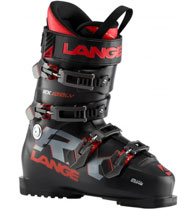
Lange RX 90 W or LX 90 W:
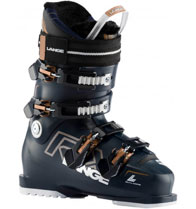
Rossignol Allspeed or Allspeed Pro 110:
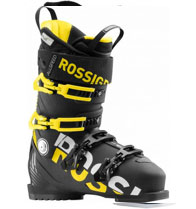
Rossignol Pure Pro 90:
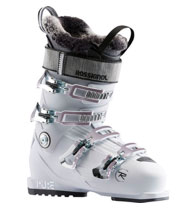
Dalbello DS 120:
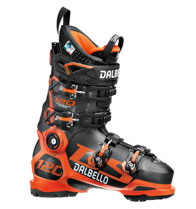
Dalbello DS 90 W:
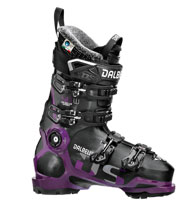
Boot fitting is complex and this is just a starter guide, but with this information you should be able to go and chat with a fitter and get the right tool for the job.
If you have any questions or if you already have boots and want to know if they are likely to be up to the task, just get in touch and we’d be very happy to answer your questions and give you our advice.

